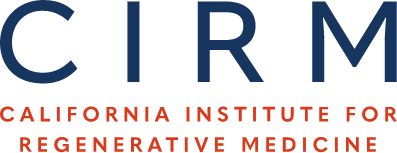Skeletal muscle development from hESC and its in vivo applications in animal models of muscular dystrophy
Embryonic stem cells (ESC) originating from early stage embryos are able to differentiate into any type of cells in the body. The generation of ESC lines from human embryos (hESC)…



